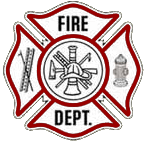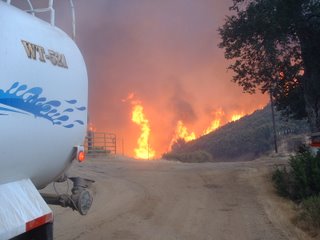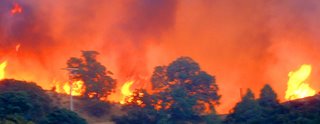ROBOPAKS - Power when you need it

Tired of running out of power at critical times? Frustrated with constantly purchasing different types of batteries that quickly fail and need replaced? Would you like a single battery system that will run all your DC tools, lights and equipment with more reliability and longer run times?
Lightweight and easy to transport, Robopaks® are heavy-duty all weather systems that provide stable and reliable DC power – WITH EXTREME RUN TIMES. With advanced battery technology, providing multiple voltage capabilities, a single Robopaks® can power an infinite number of different brand and voltage tools, lights and equipment. Robopaks® also solve charging problems associated with other types of batteries. Charge friendly, Robopaks® do not have memory problems, allowing recharge at any point of discharge and they can be left on charge when not in use. Additional features include cost saving refurbish battery replacement programs.
XL 9210
Cat. No. 3482
Able to power hundreds of DC powered tools, lights and equipment with voltage requirements of 6-to-28v (Milwaukee, DeWalt, Hilti, Bosch, Makita, Greenlee, Huskie etc.), this very popular Robopak is encased in a heavy-duty all weather high impact plastic casing and includes durable "O" rings with a shoulder strap. The 6-7/8" base supports a quick-connect side mount lighting system for the "SuperBrite" light (allowing you to run your tool and light separately or at the same time). Charge friendly, the XL 9210 can be recharged at any point of discharge without memory problems and can be left on charge when not in use. Additional features include a cost savings refurbish / battery replacement program and AC or DC charging.
Increase the run times of your tools 6 - 10 times!
Amp Hr @ 24-28v---------12
Amp Hr @ 18v--------------12
Amp Hr @ 14.4 & 12v---24
Amp Hr @ 6v-----------------48
10-5/8"L x 9-11/16"W x 6-7/8"D
Weight: 22 lbs.
Build your own kit with a charger and tool adapter or see our many cost saving combo kits.
Price: $399.00
Designed for RAPID INTERVENTION, EXTRICATION, CONFINED SPACE, SHORING, STRUCTURAL COLLAPSE and numerous other needs, Robopaks®, Robotools® and Robolights® will provide long lasting portable power that will save you money and - FINISH THE JOB!















